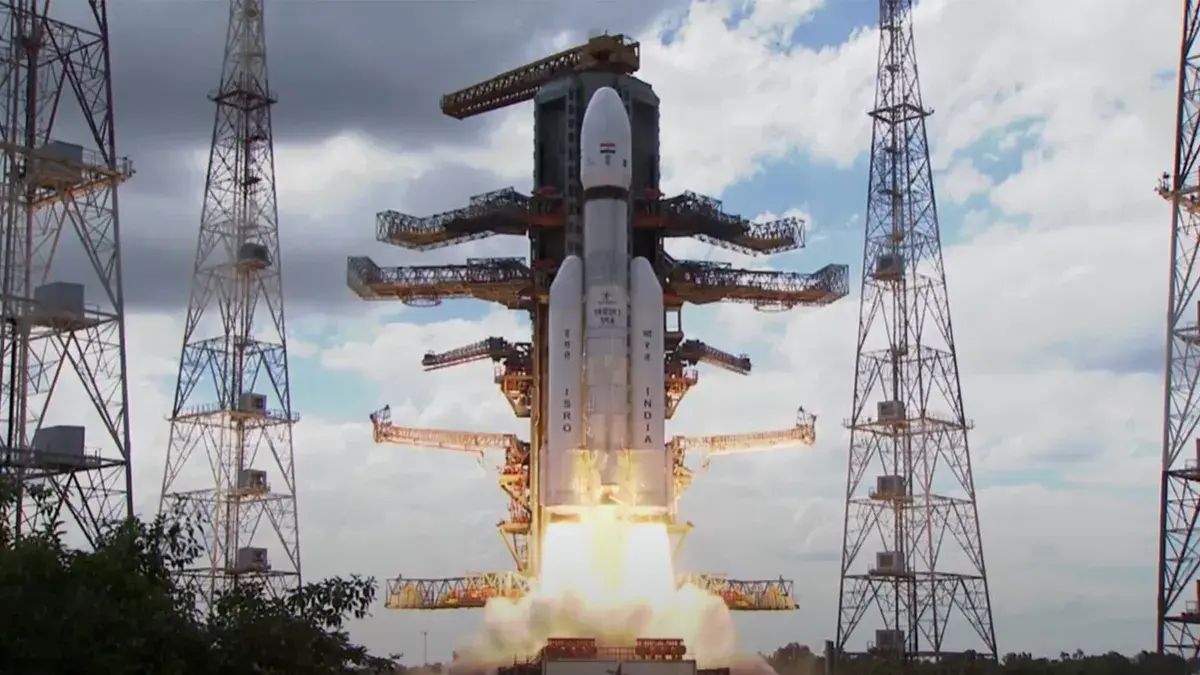Oceanography, the study of the world’s oceans, is a field that is both vast in its scope and crucial to understanding our planet.
As the oceans play a fundamental role in regulating climate, supporting biodiversity, and providing resources for human society, advancements in oceanographic research are essential for addressing global challenges.
The future of oceanography is being shaped by cutting-edge tools and methods that promise to revolutionize how marine scientists explore, monitor, and understand the ocean’s complex systems.
Autonomous Underwater Vehicles and Drones
Autonomous underwater vehicles (AUVs) and drones are at the forefront of this technological revolution. These tools are allowing scientists to explore areas of the ocean that were previously inaccessible.
AUVs, such as the WHOI’s Sentry and the Seaglider, can dive to depths of up to 6,000 meters, navigating rugged terrains and collecting high-resolution data from the ocean floor.
These vehicles are equipped with a range of sensors that measure temperature, salinity, pressure, and chemical composition, providing a detailed picture of the underwater environment.
Drones, both aerial and aquatic, are also becoming invaluable in oceanographic research.
Aerial drones can cover vast areas of the ocean surface, capturing images and collecting atmospheric data that are critical for studying coastal processes, marine pollution, and the impacts of climate change.
Aquatic drones, like the Wave Glider, harness wave energy to patrol the ocean’s surface for extended periods, gathering data on everything from sea surface temperature to the movement of marine life.
Underwater Research Centers
Looking ahead, underwater research centers like those planned by Deep are poised to play a pivotal role in the advancement of oceanographic studies. These research stations will be strategically placed in critical marine environments and provide scientists with unprecedented direct access to the ocean’s depths for extended periods.
Envisioned as submerged habitats where researchers can live and work, these centers will enable long-term experiments, real-time ecosystem monitoring, and continuous observation of marine life in its natural setting, overcoming the limitations associated with short dives and surface-bound research vessels.
These innovative facilities are anticipated to be crucial for comprehensively studying complex ocean processes and testing new technologies in situ, significantly enhancing our understanding of the deep sea.
Satellite Remote Sensing
Satellite technology is another crucial tool that is transforming oceanography. Modern satellites are equipped with advanced sensors that can monitor the ocean in real-time, providing data on sea surface temperature, chlorophyll concentration, sea level rise, and ocean currents.
These measurements are vital for understanding large-scale oceanographic phenomena such as El Niño and for tracking the impacts of climate change on marine ecosystems.
The integration of satellite data with in-situ measurements from AUVs and other instruments allows for a more comprehensive understanding of ocean processes.
For example, satellite remote sensing combined with data from floating sensors can help create detailed models of ocean circulation, which are essential for predicting weather patterns and understanding the global climate system.
Innovations in Marine Genomics
Marine genomics is another area where new tools and methods are making significant strides.
The ability to sequence DNA from marine organisms quickly and inexpensively is opening up new avenues for understanding marine biodiversity and the genetic basis of adaptation to changing ocean conditions.
Environmental DNA (eDNA) sampling, where DNA is collected from water samples, allows scientists to detect and monitor species without the need for direct observation or capture.
This technique is particularly valuable for studying elusive or endangered species and for assessing the health of marine ecosystems.
Conclusion
The future of oceanography is bright, driven by the development of new tools and methods that are expanding our capacity to explore and understand the ocean.
Autonomous vehicles, drones, satellite remote sensing, AI, and marine genomics are just a few examples of the innovations that are transforming the field.
As these technologies continue to advance, they will provide marine scientists with the tools needed to tackle some of the most pressing challenges of our time, from climate change to biodiversity loss, ensuring that our oceans remain healthy and resilient for future generations.







